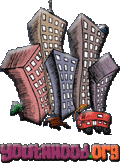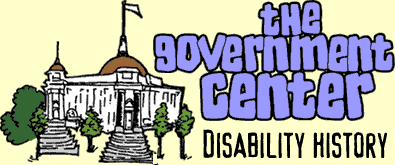Understanding Parent Involvement
In the 1950s and 60s, parents of children with mental retardation formed an organization called the Association for Retarded Children (now known as “Arc”) and began to fight for the rights of their children.
This parent movement created community-based group homes that meant children and adults with disabilities no longer had to live in large institutions to get assistance beyond what their family could provide.
The parent movement created “sheltered workshops” and other “special” community programs that helped some people with disabilities have meaningful activities to do in the community instead of sitting at home.
In 1969, the Pennsylvania Association for Retarded Citizens sued the state of Pennsylvania, saying that all children and youth with disabilities had a right to go to public school and receive a free and appropriate public education. The case went to the U.S. Supreme Court which, in 1971, decided that the parents were right and that all students, including children and youth with all types of disabilities, had the right to attend public school.
The changes accomplished by the parents’ movement allowed families to have more choices, but didn’t necessarily give people with disabilities any more choice or power in their lives.
- Many of the community services developed were still “special,” meaning people with disabilities were mostly separated from others as they worked or lived. The community group homes and workplaces that began often followed the medical model by thinking of people with disabilities as people who could be treated or fixed by their programs.
- The parents’ “movement” left out many disability groups, such as persons with physical or sensory disabilities such as blindness or deafness, persons with emotional or mental health disabilities, or persons with learning disabilities. Many people with these types of disabilities had been living and working in the community for some time but struggled with a great deal of discrimination. The type of discrimination that happened to people included things like inaccessible buildings that made it impossible for people who used wheelchairs to live and work in certain places. There was also a lack of basic accommodations preventing many people with disabilities from accessing basic services, such as people who were hard of hearing or deaf not having access to a phone system they could use.
Try a Youthhood activity:
|

















